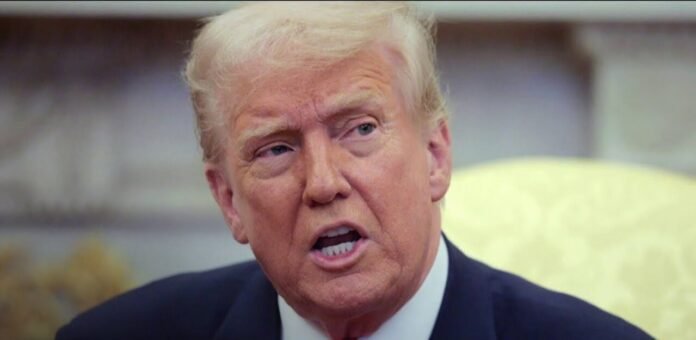President Trump’s executive order seeks to eliminate the education department, sparking controversy and legal challenges
President Donald Trump has signed an executive order instructing Education Secretary Linda McMahon to begin the process of shutting down the U.S. Department of Education. The move aims to return control of education to individual states, significantly altering the landscape of public schooling in the country.
The executive order, first reported by USA Today, directs the department to take all necessary steps to facilitate its closure while ensuring that critical education services remain uninterrupted. It also mandates that remaining federal education funds will no longer be used to support Diversity, Equity, and Inclusion (DEI) initiatives or gender-related policies.
Trump defended the decision, stating that the U.S. has been underperforming in education for years and expressing hope that McMahon would be the last Secretary of Education.
The Department of Education, which had a $268 billion annual budget in 2024 and employed over 4,000 staff, is responsible for distributing financial aid, enforcing civil rights laws in schools, and overseeing federal student loans. Eliminating the department would mark a historic shift in federal involvement in education policy.
McMahon recently revealed that mass layoffs at the department were the first step in the shutdown process. However, fully dissolving a federal agency requires Congressional approval, making the ultimate fate of the department uncertain.
Senator Bill Cassidy (R-La.) has pledged to introduce legislation to formally abolish the department, but Republicans hold only 53 seats in the Senate, making it unlikely they can bypass a Democratic filibuster. Legal experts warn that any attempt to dismantle the department without Congress could lead to significant legal battles.
The Education Department plays a critical role in funding high-poverty school districts, supporting rural education, and managing student loans. Critics argue that shutting it down could disrupt financial aid programs, reduce protections against discrimination, and weaken national education standards.
The White House has defended the decision as a necessary step to empower parents and local communities. Harrison Fields, White House principal deputy press secretary, stated that the order would give states greater control over education and improve student outcomes.
With Congressional hurdles and legal challenges looming, the fate of the Education Department remains uncertain. Trump’s latest move signals a dramatic shift in federal education policy, with potentially far-reaching consequences for students, teachers, and schools across the country.
